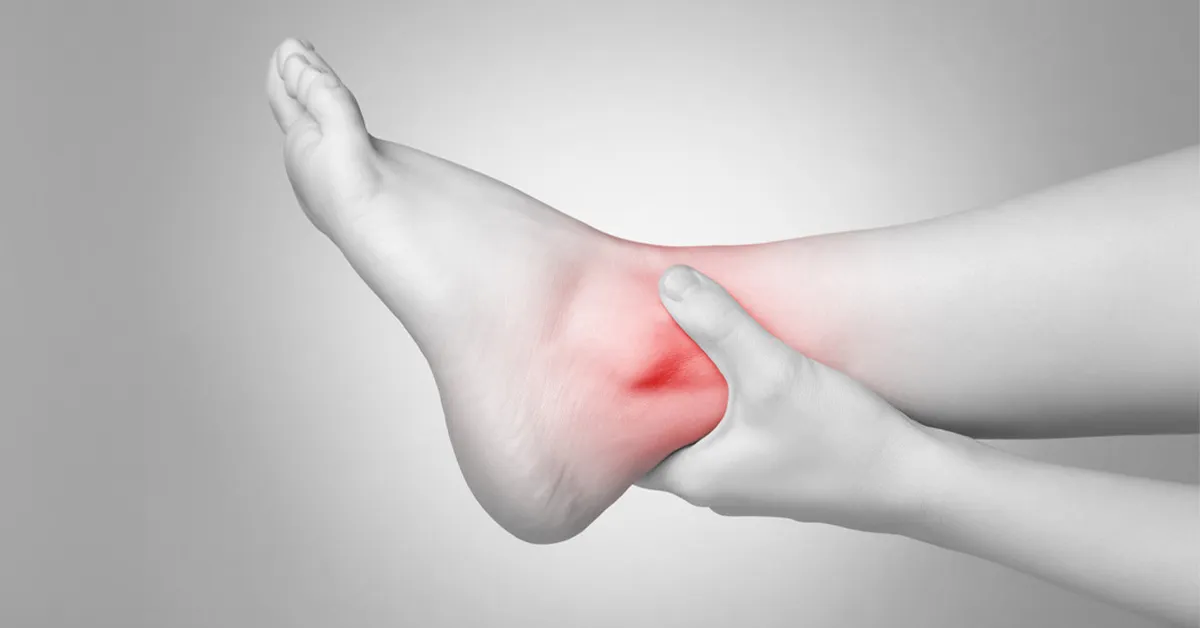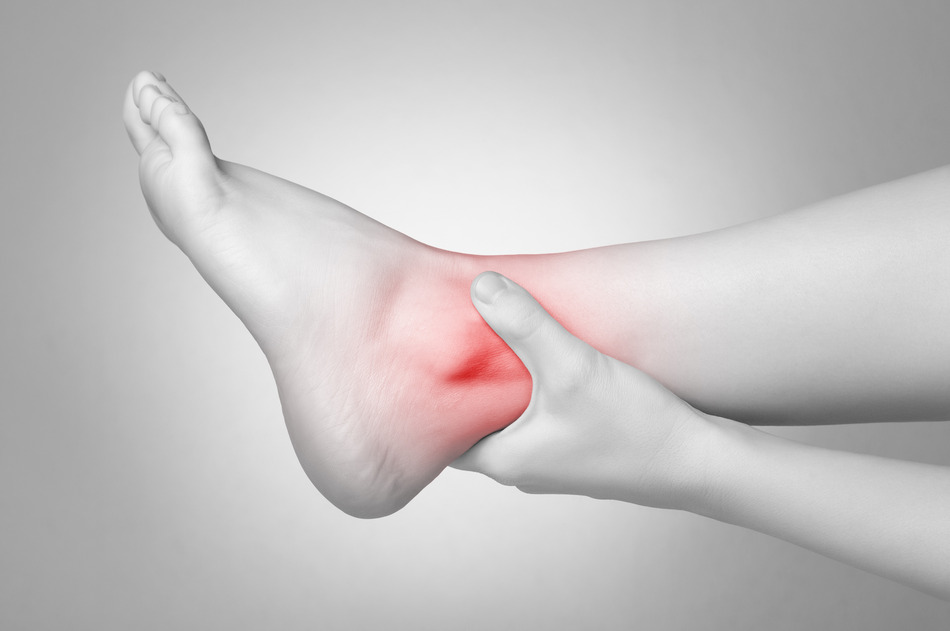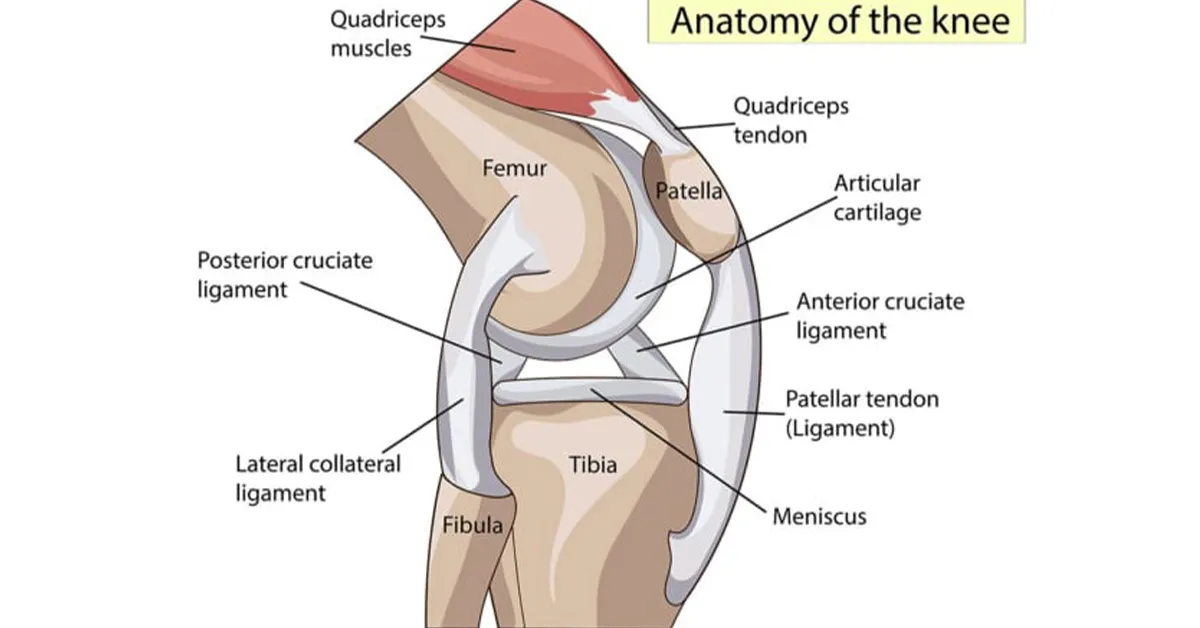Acute soft tissue injuries (sprains and strains)
Soft tissue injuries to muscles, ligaments, tendons etc are a common problem seen by physiotherapists. Its management has changed over many years but the term RICE (Rest Ice Compression and Elevation) is one of the few things most active people seem to remember when it comes to soft tissue injury management. It has had minor alterations such as adding Protection (to make it PRICE) or developing it towards a more active protocol by adding Movement instead of Rest to make MICE. But the most accurate and scientifically supported development has occurred by the change towards POLICE (Protection Optimal Loading Ice Compression Elevation).
Why POLICE your soft tissue injury?
Well we always knew that the rest phase was short and that an active mobilisation of the injury had many benefits:
- stimulates the healing process in bones, muscles, ligaments and tendons
- reduces the weakness, loss of proprioception and stiffness associated with injury immobilisation
- promotes pain relief if loading does not stimulate a protective response (Pain)
So what should you do about soft tissue injuries to ensure you manage them effectively towards recovery?
- You must modify the load to suit the pain initially and increase the load as time/your body dictates.
- Still apply the Ice, Compression and Elevation as normal. (See our blog on Ice – https://www.physis.uk.com/use-ice-effectively-injury/)
- Consider getting a diagnosis to inform you of the extent of the injury and what exercises will aid your rehabilitation. Evidence tells us that some tissues actually benefit from high loads (without pain!) so knowing that your physiotherapist can guide your plan.
- Read our next blog on avoiding HARM!
Take a look at this video and share it to your friends:
https://www.facebook.com/pg/fisioterapianet/videos/?ref=page_internal



